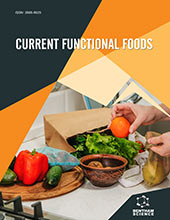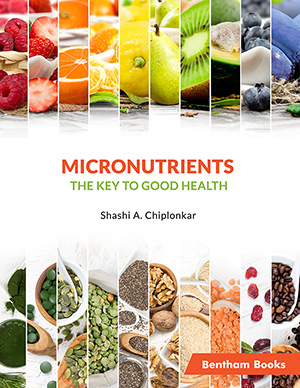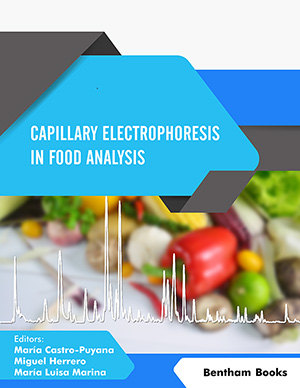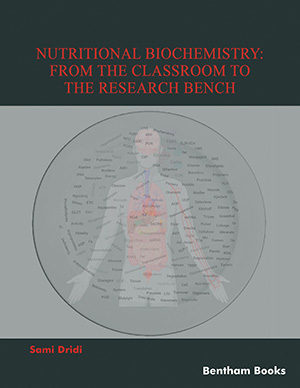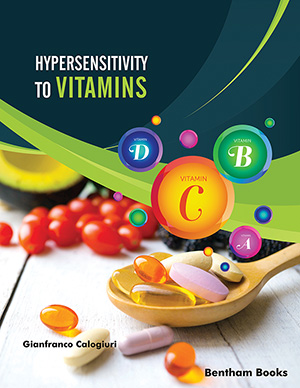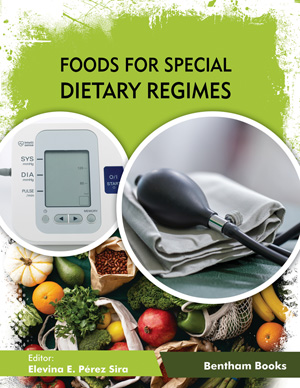
Abstract
Dietary supplements are ingestible nutrient products used in individuals’ diets to meet their adequate intake of nutrients required for general health purposes. This review aims to explore the impact of using dietary supplements in relation to communicable and non-communicable diseases, as well as some adverse effects caused by dietary supplements. Findings indicated that vitamin D supplements can aid in recovery from flu and COVID-19. Folic acid can reduce stroke incidents among adults with hypertension. Moreover, vitamin C or calcium intake is significantly associated with lowering diabetes risk. Advantageous effects have been reported of high doses of vitamin C against breast cancer. Moreover, frequent consumption of vitamin E reduced the risk of chronic lung diseases by 10%. In conclusion, the present review confirms the beneficial health effects of dietary supplement consumption and suggests further investigations for a better understanding of their mechanisms in the prevention and treatment of communicable and non-communicable diseases.
Keywords: Dietary supplements, Communicable diseases, Non-communicable diseases, COVID-19, hypertension, chronic lung disease.
[http://dx.doi.org/10.1007/978-3-030-42319-3_3]
[http://dx.doi.org/10.1177/147323000703500101] [PMID: 17408051]
[http://dx.doi.org/10.1089/jmf.2008.0268] [PMID: 19857053]
[http://dx.doi.org/10.1186/1746-4269-5-5] [PMID: 19187550]
[http://dx.doi.org/10.1258/jrsm.2012.12k090] [PMID: 23288083]
[http://dx.doi.org/10.1136/bmjdrc-2019-000925] [PMID: 31958304]
[http://dx.doi.org/10.4314/tjpr.v20i3.30]
[http://dx.doi.org/10.1017/S1368980017001021] [PMID: 28629485]
[http://dx.doi.org/10.3390/nu9111250] [PMID: 29140269]
[http://dx.doi.org/10.12816/0040102]
[http://dx.doi.org/10.4102/hsag.v24i0.1298] [PMID: 31934441]
[http://dx.doi.org/10.1017/S1368980012004314] [PMID: 23021313]
[http://dx.doi.org/10.3945/jn.111.149450] [PMID: 22298574]
[http://dx.doi.org/10.1186/s12906-021-03287-1] [PMID: 33794868]
[http://dx.doi.org/10.1016/j.jand.2016.02.015] [PMID: 27083989]
[http://dx.doi.org/10.7861/clinmedicine.10-6-624] [PMID: 21413492]
[http://dx.doi.org/10.1177/147323000703500301] [PMID: 17593855]
[http://dx.doi.org/10.1038/nrendo.2016.54] [PMID: 27150288]
[http://dx.doi.org/10.3389/fpubh.2022.822087] [PMID: 35400059]
[http://dx.doi.org/10.3390/nu13082857] [PMID: 34445018]
[http://dx.doi.org/10.1186/s40795-021-00488-2] [PMID: 34906216]
[http://dx.doi.org/10.4103/jfmpc.jfmpc_430_18] [PMID: 30984640]
[http://dx.doi.org/10.2188/jea.JE20090064] [PMID: 20410671]
[http://dx.doi.org/10.1038/sj.ejcn.1602932] [PMID: 17940542]
[http://dx.doi.org/10.1515/jcim-2013-0016] [PMID: 24914729]
[http://dx.doi.org/10.1186/s12906-019-2593-6] [PMID: 31299957]
[http://dx.doi.org/10.1016/j.bcmd.2019.01.004] [PMID: 30704850]
[http://dx.doi.org/10.1172/JCI29449] [PMID: 16886050]
[http://dx.doi.org/10.4103/mjdrdypu.mjdrdypu_62_18]
[http://dx.doi.org/10.2337/ds19-0068] [PMID: 33627996]
[http://dx.doi.org/10.7326/M14-0198] [PMID: 24566474]
[http://dx.doi.org/10.3390/nu10081114] [PMID: 30126136]
[http://dx.doi.org/10.1080/19390211.2021.1890662] [PMID: 33682615]
[http://dx.doi.org/10.3390/nu12040988] [PMID: 32252338]
[PMID: 28293045]
[http://dx.doi.org/10.3389/fnut.2021.679312] [PMID: 34604272]
[http://dx.doi.org/10.3390/molecules26134014] [PMID: 34209247]
[http://dx.doi.org/10.1073/pnas.1035603100] [PMID: 12719524]
[http://dx.doi.org/10.1016/j.ctim.2018.12.004] [PMID: 30670267]
[http://dx.doi.org/10.3389/fnut.2021.799709] [PMID: 35071300]
[http://dx.doi.org/10.3390/nu13124251] [PMID: 34959803]
[http://dx.doi.org/10.1007/s12098-020-03263-6] [PMID: 32166607]
[http://dx.doi.org/10.1186/s13613-020-00792-3] [PMID: 33420963]
[http://dx.doi.org/10.1186/s13054-020-03438-9] [PMID: 33407793]
[http://dx.doi.org/10.1099/jmm.0.001250] [PMID: 32930657]
[http://dx.doi.org/10.1016/j.jtemb.2022.126956] [PMID: 35217499]
[http://dx.doi.org/10.1186/s13063-021-05795-4] [PMID: 34776002]
[http://dx.doi.org/10.3389/fpubh.2020.574111] [PMID: 33324597]
[http://dx.doi.org/10.1001/jamainternmed.2015.8581] [PMID: 26998708]
[http://dx.doi.org/10.1136/bmjgh-2017-000298] [PMID: 28589033]
[http://dx.doi.org/10.7326/0003-4819-159-12-201312170-00729] [PMID: 24217421]
[http://dx.doi.org/10.1001/jama.2012.14805] [PMID: 23117775]
[http://dx.doi.org/10.1001/jama.2015.2274] [PMID: 25771069]
[http://dx.doi.org/10.1136/bmj.c6273] [PMID: 21115589]
[http://dx.doi.org/10.1001/jama.294.1.56] [PMID: 15998891]
[http://dx.doi.org/10.1001/jamainternmed.2015.0237] [PMID: 25775274]
[PMID: 20042775]
[http://dx.doi.org/10.1177/1179551419844521] [PMID: 31105434]
[http://dx.doi.org/10.3945/ajcn.2009.27491] [PMID: 19491386]
[http://dx.doi.org/10.1210/jc.2014-2136] [PMID: 25062463]
[http://dx.doi.org/10.2337/dc10-1260] [PMID: 20978095]
[http://dx.doi.org/10.3390/ijms141021087] [PMID: 24152442]
[http://dx.doi.org/10.1001/jama.2012.14641] [PMID: 23162860]
[http://dx.doi.org/10.1158/0008-5472.CAN-08-1490] [PMID: 18829561]
[http://dx.doi.org/10.21873/anticanres.13172] [PMID: 30711954]
[http://dx.doi.org/10.1158/1055-9965.EPI-17-1198] [PMID: 30341095]
[http://dx.doi.org/10.1186/s12889-020-10042-7] [PMID: 33407306]
[http://dx.doi.org/10.1136/thoraxjnl-2012-202061] [PMID: 22977130]
[http://dx.doi.org/10.1183/23120541.00036-2015] [PMID: 27730154]
[http://dx.doi.org/10.1017/S0007114512004692] [PMID: 23211647]
[http://dx.doi.org/10.1136/thx.2010.155028] [PMID: 21257986]
[http://dx.doi.org/10.21037/apm.2020.02.26] [PMID: 32156131]
[http://dx.doi.org/10.1089/acm.2019.0128] [PMID: 31971812]
[http://dx.doi.org/10.1002/dta.1894] [PMID: 26538199]
[PMID: 16320661]
[http://dx.doi.org/10.1016/j.yexmp.2014.03.003] [PMID: 24657312]






